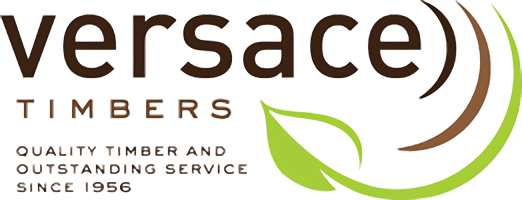Workplace Safety & Accident Prevention at Versace Timbers

Client Background
Versace Timbers is a construction supply company specializing in the manufacturing of pre-fabricated timber trusses and frames for residential housing projects. Operating a busy warehouse environment, the company frequently handles large, heavy materials using machinery and manual labor. This dynamic environment exposed workers and contractors to significant safety risks. A serious workplace accident involving a contractor highlighted the company’s urgent need for a system to monitor safety practices, document incidents, and reduce legal liability.
Industry
Challenges
- Workplace Safety Risks:
- Versace Timbers, a company specializing in pre-fabricated trusses and frames for houses, faced significant workplace safety risks in their warehouse. Employees frequently worked around heavy equipment and loads, which exposed them to physical injury risks.
- One particular incident involved a contractor in his 60s who was loading a truck with timber, trusses, and frames. He tripped and fell, breaking his leg and striking his head on the frames. The fall knocked him unconscious, requiring emergency assistance to extract him from the load and get him medical attention.
- Legal and Liability Concerns:
- The company was concerned with liability issues from workplace accidents, especially those that could lead to insurance claims or workcover cases. In this case, the fall resulted in not just physical injury but also a cascade of operational delays.
- The incident also caused delays in delivery, affecting the company’s logistics chain. The builder waiting for the materials was impacted, resulting in financial repercussions for both the builder and Versace Timbers.
- Operational Flow-Through Effect:
- Due to the accident, construction timelines were disrupted, as the injured worker couldn’t continue his duties, and the timber load was delayed. The accident also forced the company to remake the frames, leading to additional operational costs and delays in meeting customer demands.

Solutions
- Installation of a Comprehensive CCTV Surveillance System:
- A security camera system was installed across the Versace Timbers warehouse, including the loading and unloading zones, to monitor workplace activities and ensure that safety procedures were being followed.
- The cameras provided real-time footage that allowed the management team to track the behavior of workers, identify safety violations, and monitor any potential accidents or hazardous situations.
- Accident Documentation and Evidence for Legal Protection:
- The incident involving the contractor was captured on the newly installed cameras, providing critical evidence of what went wrong.
- The footage was used to verify that procedures were not followed during the loading process and that the contractor’s actions were part of the cause of the accident.
- The cameras provided irrefutable documentation, which was essential for insurance claims, legal defense, and worker’s compensation.
- Employee Education and Safety Training:
- Beyond just documenting accidents, the camera footage was used as part of an education program for workers. The footage of the accident was reviewed with employees to highlight potential hazards and to discuss safer working practices.
- By showing workers what went wrong and discussing preventative measures, the company was able to foster a culture of safety and improve overall workplace practices.
- This approach helped workers see the direct consequences of unsafe behavior and understand the importance of following safety protocols.
Results
- Reduced Workplace Incidents and Improved Safety:
- The new camera system not only helped document the accident but also provided ongoing monitoring that contributed to a reduction in workplace incidents. With employees aware that their actions were being observed, they adhered more closely to safety guidelines, reducing the risk of future accidents.
- Safety incidents in the warehouse decreased as workers began following proper loading protocols, and the company enforced safety procedures more rigorously.
- Legal and Operational Protection:
- The footage provided a clear record of events, ensuring that the company was able to protect itself legally in case of disputes over liability or worker compensation.
- In this case, the camera footage proved crucial in showing that the truck driver’s actions contributed to the incident, not the fault of the employer. This helped avoid potential legal ramifications for the company and ensured that responsibility for the accident was appropriately assigned.
- Efficient Operations and Reduced Delays:
- While the immediate effect of the accident was the need to remake the frames and delay the delivery, the overall long-term effect of having security cameras was that the company was able to avoid future delays.
- By utilizing the footage as an educational tool, the company ensured better safety practices, which helped prevent future accidents, thus leading to fewer disruptions in production and delivery timelines.
- Financial Impact:
- Although the accident caused immediate delays and costs (including remaking the frames and medical expenses), the proactive camera system and the educational value derived from the footage helped prevent future incidents, thus protecting the company from higher long-term costs, including insurance premiums and legal fees.
- In the future, the company can point to its commitment to safety and the fact that incidents are carefully documented and followed up with training, which may help reduce costs associated with workcover claims and other liabilities.



